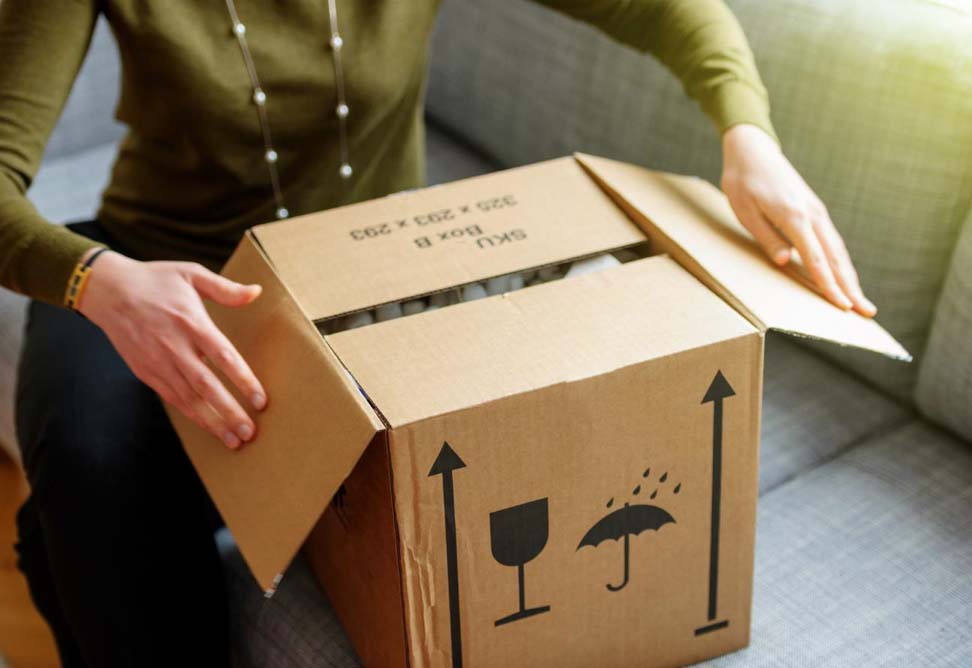
Whether you’re planning to start-up an e-commerce business or are facing pressure to adapt your brick and mortar line to ship with minimal quality issues, we’ll get you prepared with an updated primer on current regulations and things to consider.
It’s no secret that E-Commerce is the fastest growing sector of the fast-moving consumer goods (FMCG) market. Almost nine out of ten dollars of retail grown in the FMCG sector came from e- commerce sales (Nielson, 2016-2017). With the advent of meal kit subscription boxes like Blue Apron, and the increase in grocery delivery services like Amazon Fresh, as well as increased online retail sales of personal care items over sites like Sephora.com and Ipsy - it follows that the demand for e-commerce friendly packaging is on the rise, and many brands are putting e- commerce first in their product development process.
What E-Commerce Customers Want
- Simple, Clean Packaging
- Protected, Intact Product
- Consistent Branding
- Environmentally Friendly Packing Materials

Don’t Be An Ecommerce #Fail, Here Are Some Things To Avoid
- Products That Appear Over-Packaged And Wasteful
- Dirty Or Scratched Packaging
- Leaking Liquids
- Small Items Packed In Large Boxes

The Basics Of Shipping Liquids
The primary issue facing most e-commerce business that ship personal care, industrial products, food and beverage, and items for the home is leakage. If a liquid or cream product is not properly sealed it presents a terrible first impression to the consumer and can easily ruin everything else in the shipment.
If you are planning to ship your items through an online distributor like Amazon, they will likely be packed in with other items for shipment. If your product leaks and destroys other vendor’s items within that shipment you can be held liable for the cost of replacement and risk your future distributor partnership.
In addition to leakage, customers are becoming increasingly concerned over whether or not a product has been previously opened or tampered with prior to arriving at their doorstep.
Amazon Seller Central keeps an updated listing of specific requirements for the accepted packing of liquids. Amazon requires liquids to be double sealed to prevent leakage. There are several ways to implement a double seal in your packaging.
Amazon defines a double seal as a combination of the following:
A double seal is defined as a tightened lid that cannot be easily opened and one of the following:
- A "safety seal" which is a peel-off seal underneath the lid of a product, like you would find on a new ketchup bottle.
- A manufactured seal around the outside of the neck of the product.
Products that do not have a manufactured double seal in one of the ways above must be individually bagged in transparent sealed bags or shrink wrap (minimum of 1.5 mil.) and clearly marked with a suffocation warning label.
Amazon Video – How To Prep Liquid Products:
Polybagging your product isn’t the best way to represent your brand during a customer’s first unboxing due to the aesthetics and environmental implications of adding unnecessary plastic bags to the shipping process, but it may be a necessary step if you have product that’s currently in stock and ready to ship.
A better way to handle double sealing while preserving the look of your packaging would be to add a shrink wrap sleeve around the neck. This also takes care of consumer tamper-evidence concerns.
Shrink Band Applicator Video
The best way to hit all the consumer wants as well as shipping requirements to prevent leakage is to add a peel-off safety seal underneath the cap of your product.
Seal Video
Lastly, to ensure you have a proper seal on your package - always, always, always make sure the cap of your product is properly torqued to the manufacturers stated recommendation.
Fedex, UPS and USPS all have their own requirements. It’s generally good practice to read through and fully understand the requirements of your shipping vendors before you pack your first shipment. By doing so you’ll avoid creating a bad impression with your customer base as well as potential financial loss/liability.







































